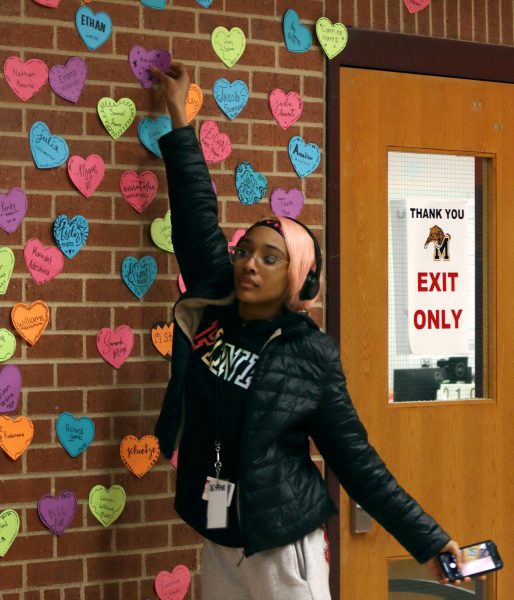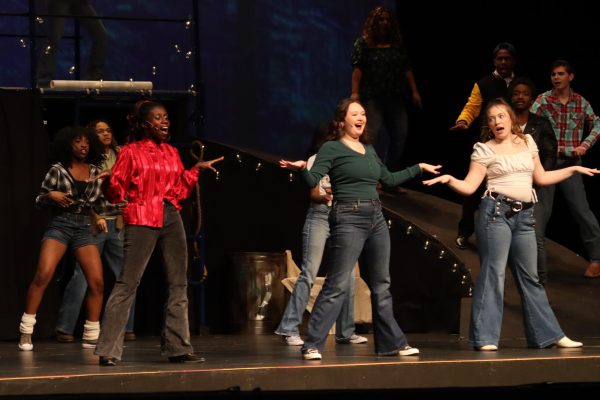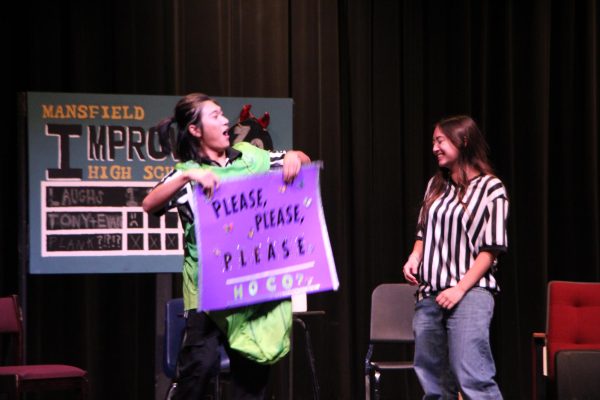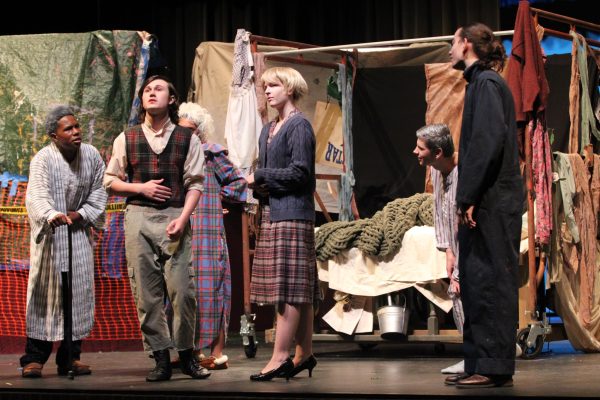Taylor Swift’s “1989” Review

There has been much controversy surrounding Taylor Swift’s newest album, but two things are for certain: the critics like it, and more importantly, her fans like it. The album has topped the Billboard 200 chart in the US by selling 1.287 million copies after only being released for one week. Also, after only one week, the pop star’s album has become 2014’s largest selling album in the US, with only the soundtrack for the movie Frozen preceding it. Another achievement, although definitely not the last, is that the pop soundtrack is the fastest selling album of the entire decade.
1989 is different than anything Taylor has ever done before. She leaves her country roots behind and creates pop songs with dance beats, drums, and upbeat one of a kind choruses. The album has eighties influences -hence the title- mixed with dubstep, classic pop, melodies resembling Lana Del Rey and Madonna, and a dash of hip hop. But 1989 isn’t just another pop CD to add to the everlasting list of same-sounding pop albums that all talk about meaningless partying and one night stands with boys, it stands in a league all of its own, a league that the album itself created.
Taylor altered her sound, but undoubtedly her songwriting never changed. Most pop lyricism is shallow and merely a bunch of contemporary references thrown together in a catchy manner, but Taylor’s lyricism is deep, profound, thoughtful, and unique. The songs are full of wondrous imagery, creative metaphors, and lyrics that make you think: “Wow, that’s beautiful.” The verses for the song “Clean” are the perfect example: “The drought was the very worst, when the flowers that we’d grown together died of thirst. It was months and months of back and forth; you’re still all over me like a wine-stained dress I can’t wear anymore. Hung my head as I lost the war and sky turned back like a perfect storm.” How often do you hear something like that on the radio? Not often.
The seven time Grammy award winner channels her dark side in the second half of the album. In “I Know Places,” Taylor talks about the fact that the whole world watches her love life but that she “knows places we won’t be found” in an attempt to keep the boys from running. The song is one of my personal favorites because of the way its dark verses escalate into a booming, beaming, beautiful chorus. She sings: “They got the cages, they got the boxes, and guns. They are the hunters, we are the foxes, and we run.” The ninth song, “Wildest Dreams,” resembles something the counter-culture pop star Lana Del Rey would write and sing. In the end of the first verse stanza Taylor writes: “I can see the end as it begins.” She then transitions into a gorgeous melody that really brings out the hopeless romantic in her. It goes: “Say you’ll remember me standing in a nice dress staring at the sunset, babe. Red lips and rosy cheeks say you’ll see me again even if it’s just in your wildest dreams.”
The most popular songs on the album seem to be “Out of the Woods,” and “Bad Blood.” The young artist shines some light on in the foreword of the album part of the meaning of “Out of the Woods.” She writes about how she has grown up and learned many things, one of them being that: “We are never out of the woods. Because we are always going to be fighting for something.” Taylor reports that “Bad Blood” is not about a love interest like everyone suspects, but actually about a singer in the business that she, quote, never knows if they are friends or not. It reveals the jaded “I’m just gonna shake it off” persona that Taylor shows throughout most of the album. The chorus is mostly a capella with drums and is the kind of song you can’t help but want to sing along to.
The big picture of 1989 is about Taylor’s transition into adulthood and according to her: “coming into your own and… coming alive.” By simply reading the foreword of her previous album Red and the new album, you can see that she’s grown up and transformed so much that she has a whole new perspective on life. She’s become independent; she moved to New York and has stayed single- both very big steps for her as an individual. She has as cliché as it sounds, learned how to shake things off, a very good ability to have for a celebrity whose being badmouthed all the time. Nothing explains 1989 better than the end of her foreword: “From the girl who said she would never cut her hair or move to New York or find happiness in a world where she is not in love…” 1989 is many things. It is new, innovative, and brilliant, yet old, classic, and simple at the same time. Most of all, 1989 is about a little country girl who finally grew up and found herself, a girl who woke up one day, looked in the mirror and realized, I am in love with the world and my life, not a boy, and I am happy.






